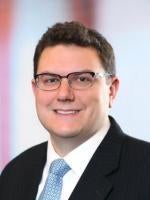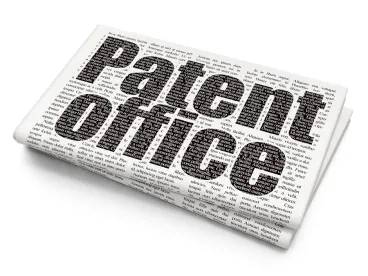The Clarity of the Record Pilot program is an ongoing and evolving program that is part of an attempt by the U.S. Patent and Trademark Office (USPTO) to produce high-quality patents as part of the Enhanced Patent Quality Initiative (EPQI). This is all part of a larger push by the USPTO to document on the record everything that happens during prosecution of an application, which can affect any issued patent and any patent family members in later legal proceedings.
The initial pilot is over, and the results of the pilot are now being reviewed as part of the ongoing program. The pilot ran through August 20, 2016, and worked to identify best examiner practices for enhancing the clarity of the prosecution record and, in particular, greater clarity in claim interpretation, interview summaries, and reasons for allowance. The pilot consisted of about 130 utility patent examiners, and the participants participated in a variety of different activities, such as ongoing training activities and Quality Enhancement Meetings (QEMs). The USPTO has provided public access to training slides presented to the participants regarding Documenting Claim Interpretation, Interview Summaries and Pre-search Interview Option, and Reasons for Allowance.
The slides regarding Documenting Claim Interpretation will likely be the most beneficial to practitioners to understand the overall goals of the program. The slides go into detail about how examiners should explicitly put their understanding of certain claim language on the record (for example, in office action rejections) for topics such as special definitions, optional or functional language, intended use, descriptive material, §112 means-plus-function, and computer-implemented functions that invoke 35 U.S.C. §112(f).
For example, during the pilot the examiners were expected to identify language in claims such as “adapted to/for” clauses, “such as” phrases, and “wherein” clauses and make a determination on the record regarding the limiting effect of this language. The pilot taught that it is a best practice to explain exactly whether the language had any limiting effect on the claim scope.
For any language that could be functional, for example when claim language recited a feature by what it does rather than by what it is, the pilot required examiners to go on the record regarding whether the language had been given patentable weight along with an explanation of the examiner’s understanding. This was true even when functional language was recited in the claim without invoking §112(f). The provided examples in the pilot material were very explicit as to when the examiners were expected to make these statements on the record. As one example where functional claim language was given weight, the pilot program required the examiner to make a statement as follows: “As recited in claim 1, function Y limits the operation of widget A.” In another example where functional language was not given weight, the examiner was expected to make a statement as follows: “As recited in claim 2, function Y is unconnected to any structure recited in the claim and therefore imposes no limits on the claim scope.” There was very little room for differing interpretations in these examples. Going forward with this program, if a practitioner encounters these statements in a response, the practitioner should be very careful in any responses filed. If a practitioner does not address the statements, that silence can be considered an acceptance of the statement, in which case a patent owner will likely be bound by the examiner’s language in any future proceedings.
In any computer-implemented functions that could invoke 35 U.S.C. §112(f), the examiners were expected to identify the claim language that invoked §112(f). The examiners were also expected to indicate either that the function was non-specialized and could be achieved by any general purpose computer without special programming, or the function was specialized and was performed with hardware and an algorithm identified in the specification. In the case of a specialized function, the examiner was expected to go one step further and actually describe the hardware and algorithm or indicate where they appear in the specification.
Through the pilot, the USPTO attempted to identify and help develop best examiner practices, to obtain feedback on an appropriate balance for recording an examiner’s interpretations, and to ultimately update the Master Review Form, which is a form used by the Office of Patent Quality Assurance to review prosecution of applications.
Results of the pilot are still being analyzed, but the goal of the program is to implement any changes for examiners in every art area. Practitioners should expect increased §112 rejections and a much greater push from examiners to put any interpretations and decisions on the record with more detailed explanations for any decisions made. While a more detailed prosecution history can provide greater clarity to issued patents, it can also create additional complications for patent owners in later legal proceedings, such as litigation, IPRs, and opinion work. So it will be increasingly important for practitioners to not only review every statement made by the examiner on the record but also to explicitly contradict on the record any statement that the practitioner may feel is inaccurate.





 />i
/>i
